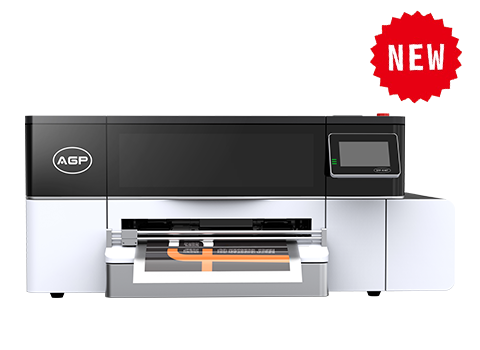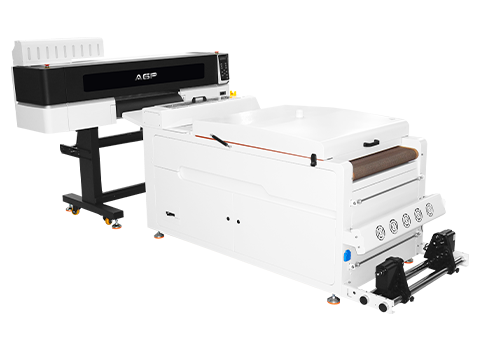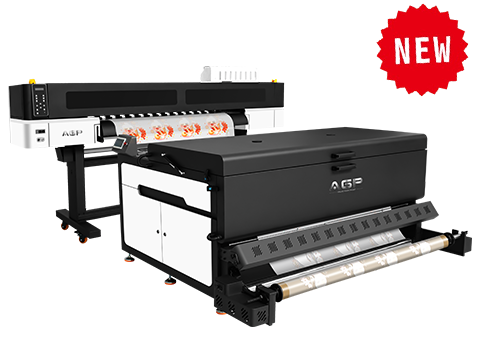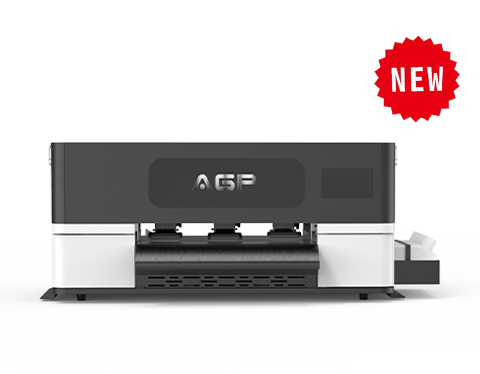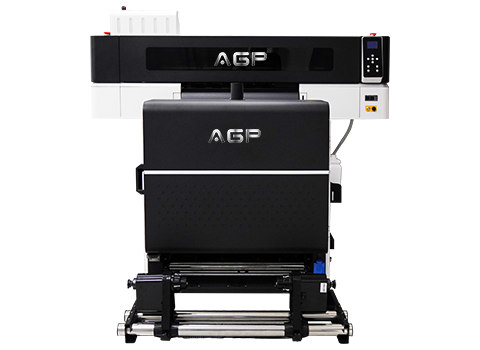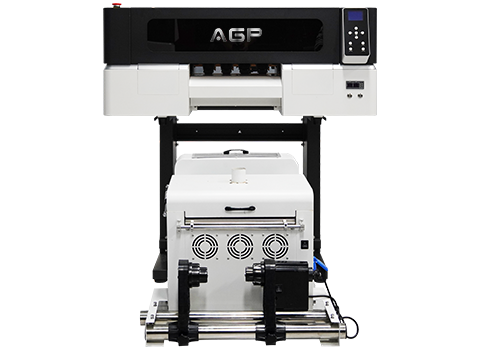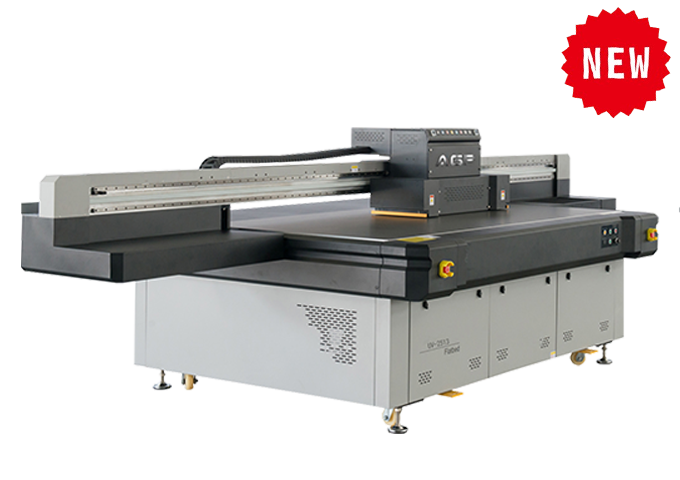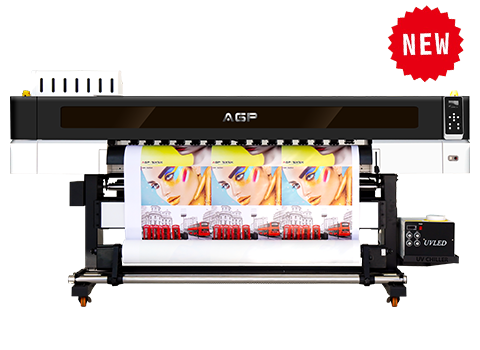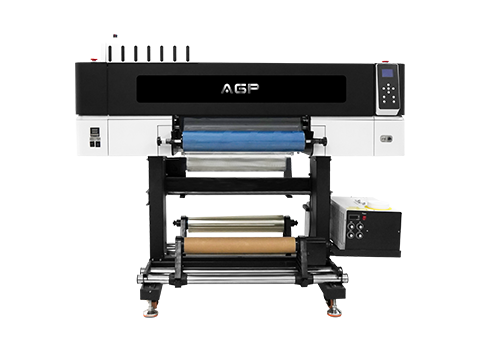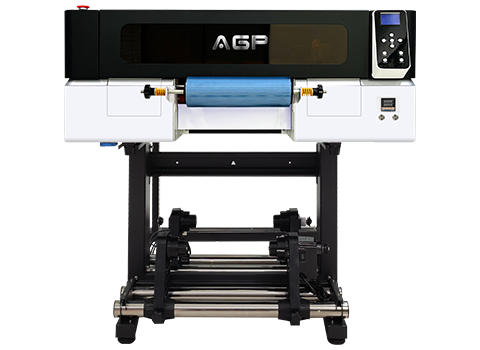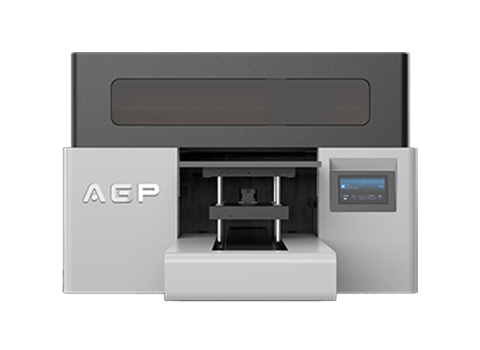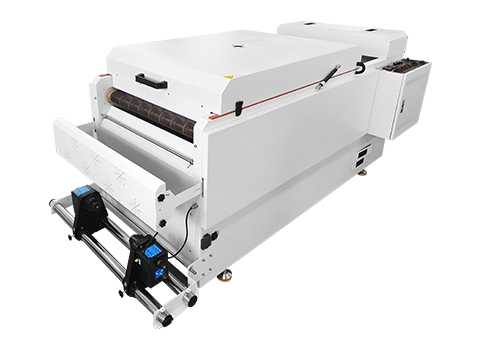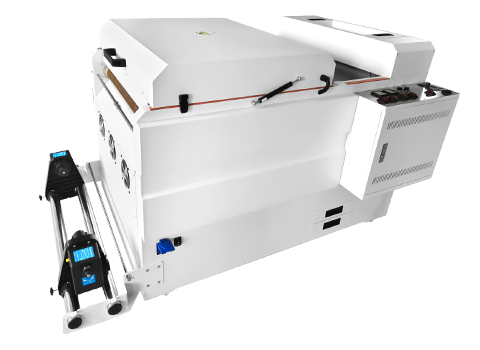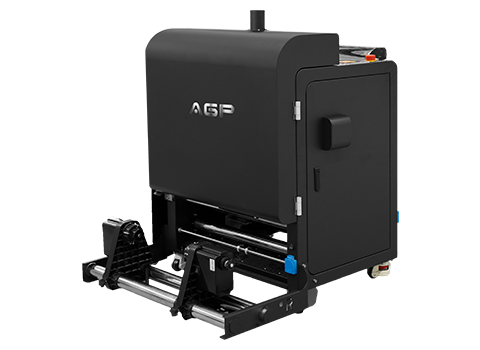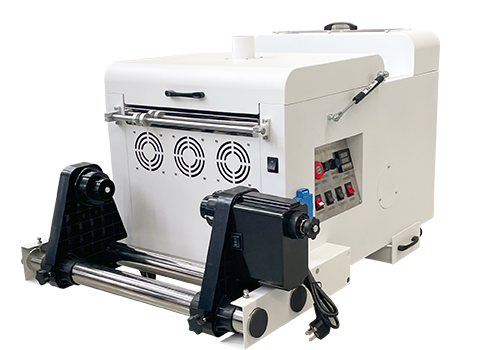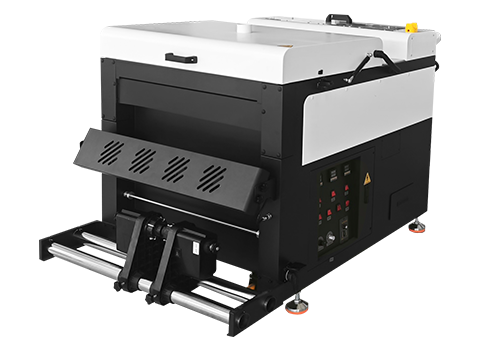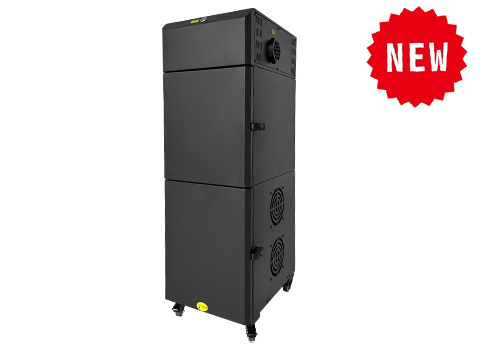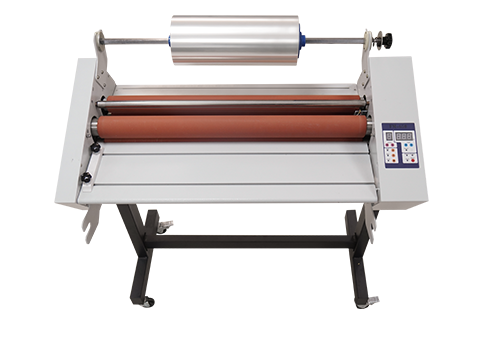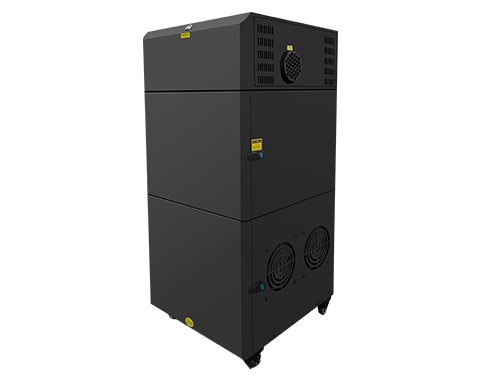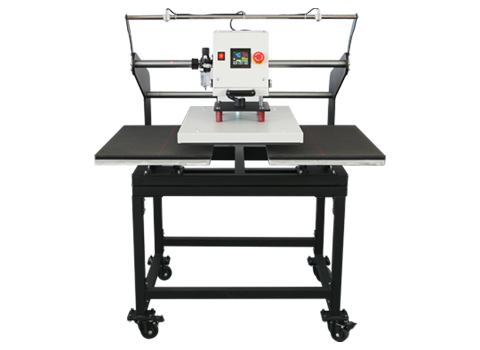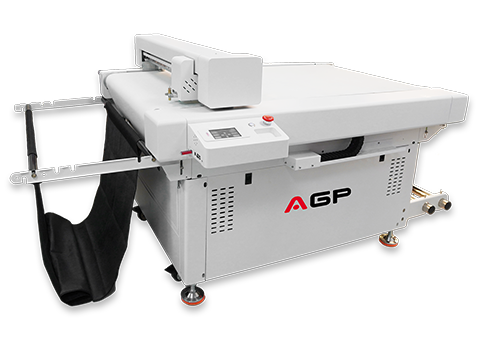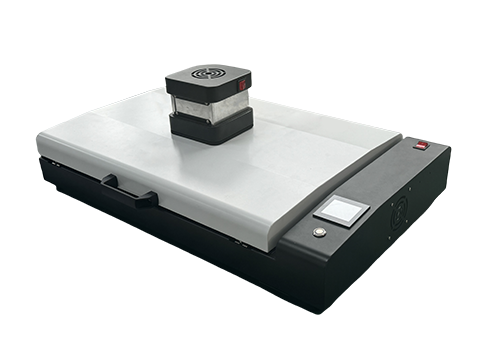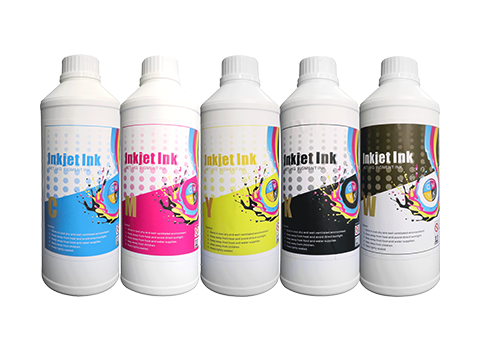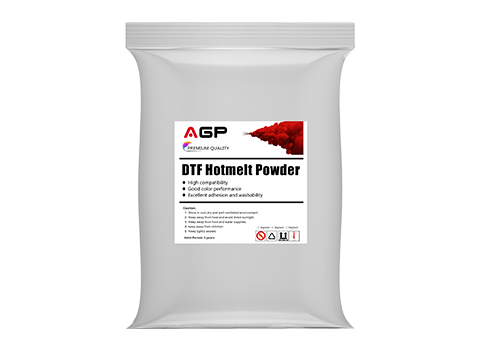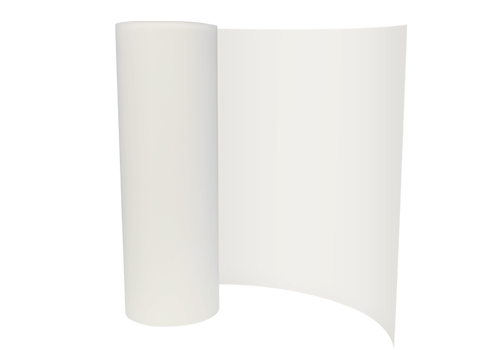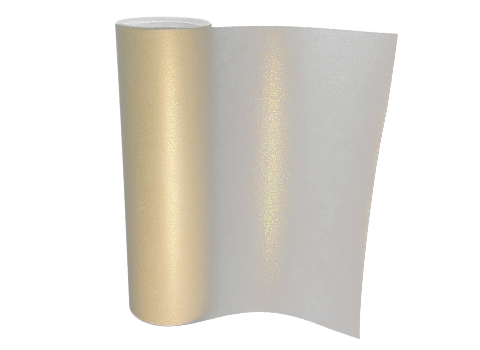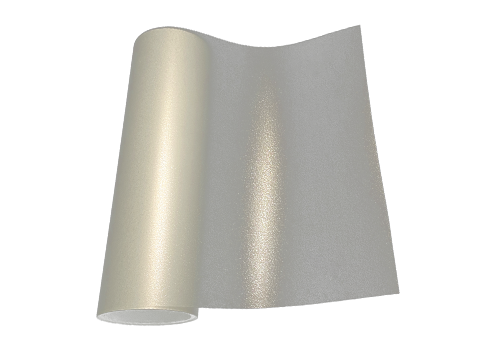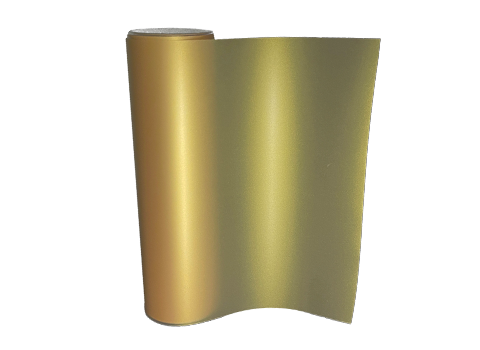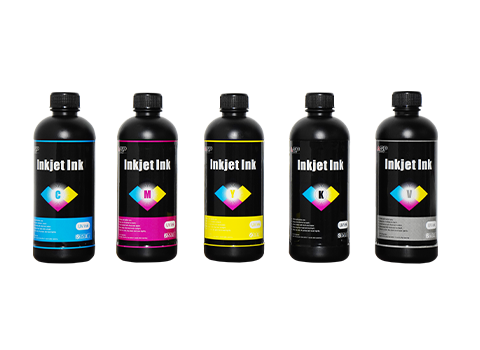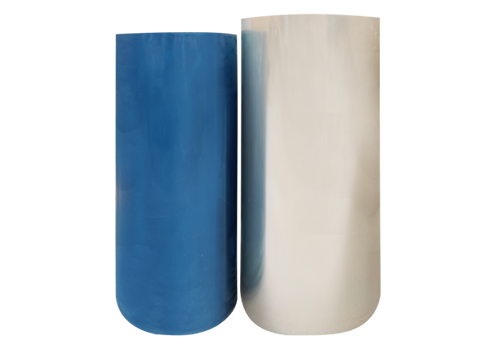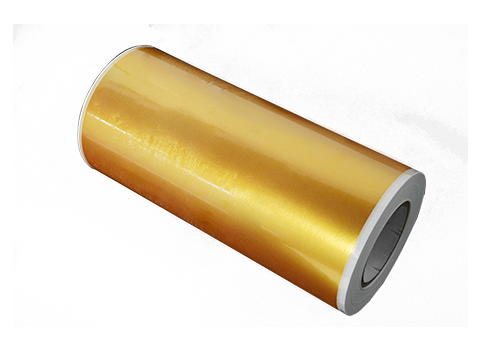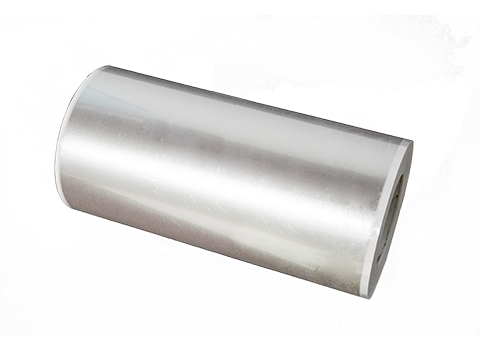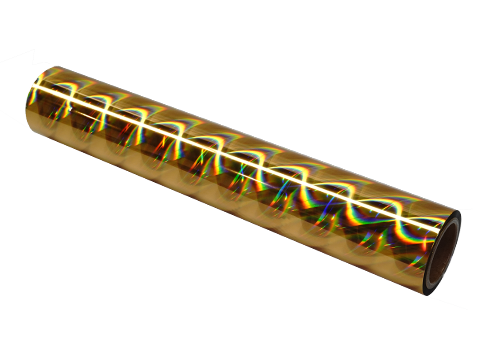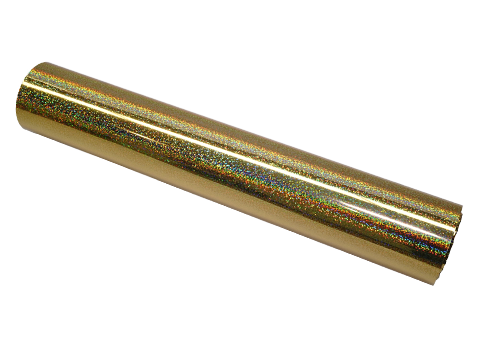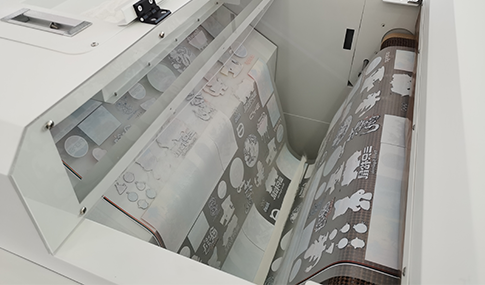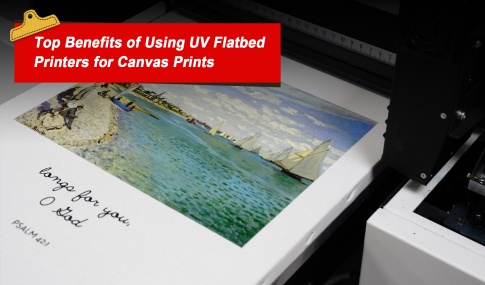DTF Ink vs. DTG Ink: How to Choose the Right One
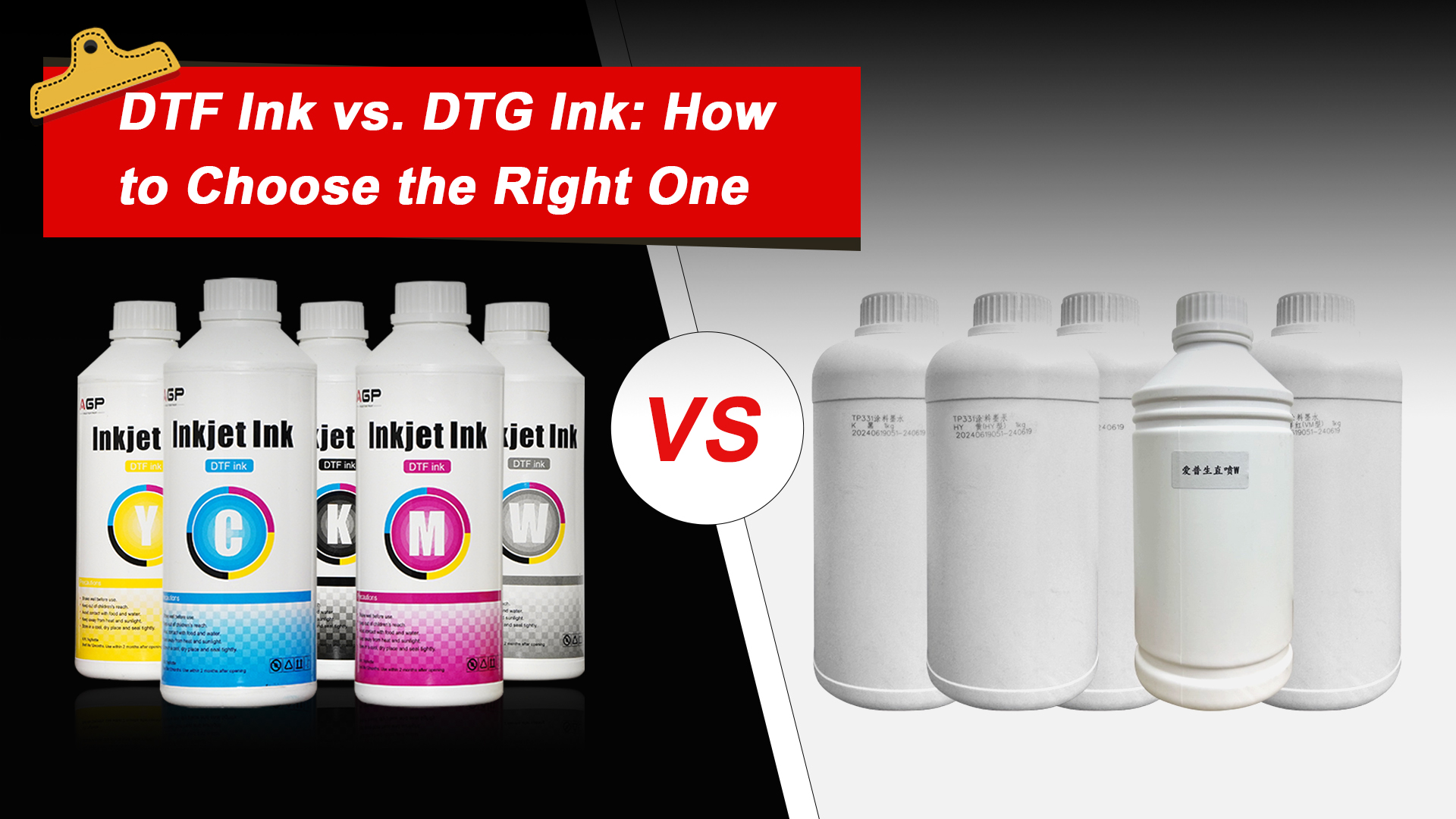
The world of custom printing has been constantly evolving, and improved technologies have taken this art to new heights. If you’re stepping into this world, you have probably heard about the two latest printing methods: direct-to-film (DTF) and direct-to-garment (DTG). Both methods have gained popularity due to the benefits they offer. Different specialized inks are used in both methods, offering different but equally valuable additions to your projects.
You will learn the difference between DTF ink and DTG ink and which one you should pick for your projects in this article.
Key Differences Between DTF and DTG Inks
Application Method
DTF ink is not printed directly onto fabric. It is printed on a special plastic film. After printing, this film is coated with an adhesive powder that is melted and cured. The design is transferred to the fabric with a heat press machine. This process allows DTF inks to adhere to practically any type of fabric, including cotton, polyester, blends, nylon, and even leather, without any pre-treatment process being required.
The other option, DTG ink, is transferred straight to the garment, and it becomes one with the fabric. There’s an issue though, DTG only works with cotton and often requires pre-treatment, especially on dark garments.
Durability and Feel
DTF prints have more longevity because the ink and adhesive are applied to the surface of the fabric. They will not crack, peel, or fade after numerous washings. What’s the tradeoff? The print can also feel a bit thicker. DTG prints tend to feel softer and more “woven” with the fabric, but they also may be less durable, especially on synthetic fibers.
Production Process
DTF involves steps like printing, powdering, curing, and heat pressing, which can add time but allow for printing in bulk and storage. DTG printing is ideal for making products in low quantities.
Color and Detail Quality
The result with either method is brilliant detail prints. All the advantages of white ink opacity also mean that DTF performs better on darker fabrics. DTG works well for designs that have details, it produces smooth gradients and quality images.
Pros and Cons: DTF Ink
Pros:
- It can be used on cotton, polyester, blends, nylon, and leather, giving you lots of flexibility.
- Prints are durable and they don’t wash out, warp, or fade.
- White ink in the base makes colors pop even on dark fabrics.
- It is good for high-volume production because you can print the transfers quickly and keep them in storage.
- It is cheaper for bulk ordering and consistent in quality.
Cons:
- The prints may be slightly thicker or stiffer because of the adhesive layer.
- It has additional processes, such as applying and curing adhesive powder, which are delicate and must be protected.
- Some inks and glues may not be the most ecological, so inquire if that is a concern for you.
- It has minimal stretch, so it is not ideal for very stretchy fabrics.
- Large and colorful designs can require a lot of ink.
Pros and Cons: DTG Ink
Pros:
- Prints are soft and have a natural touch because the ink becomes part of the fabric.
- Great for photo-like and detailed images and smooth blends of color.
- Fast to set up and requiring minimal post-processing, it is ideal for small or custom orders.
- Color is bright and true.
- Some DTG inks are manufactured sustainably.
Cons:
- Most effective on cotton and blends; does not work well on polyester and other synthetics unless specially treated.
- Requires pre-treatment of fabric, which adds time and cost.
- In time, print may peel, fade, or crack.
- It is costly for bulk or mixed orders.
Which Ink Is Right for You?
- What fabrics will you print on?
If you’re working with fabrics like cotton, polyester, leather, and blends, DTF ink is your friend. If you’re mostly printing on cotton though, DTG might be a better fit.
- How big are your orders?
For big orders, DTF’s efficiency and ability to print transfers in less time make it a winner. For low quantities though, go with DTG.
- How important is the print feel?
If softness is important to you, DTG’s prints feel like part of the fabric. If durability and color brightness matter more, go with DTF.
- Are you printing on dark fabrics?
DTF generally produces brighter, more opaque prints without extra hassle.
- Do you care about environmental impact?
Eco-friendly inks are now available in the market for both methods.
Additional Considerations to Keep in Mind
- Equipment costs:
DTF printers might cost more in the start but have lower running costs for bulk printing. DTG printers can be expensive but are great for small custom work.
- Maintenance:
DTG printers need regular cleaning to avoid issues like clogging. DTF systems require careful handling of powders.
- Design complexity:
Both handle detailed designs well, but DTG’s finer printing makes it ideal for detailed images.
- Production speed:
DTF’s process can slow things down because it has steps, while DTG’s direct printing is faster in those cases.
- Customer preferences:
Softness sells in fashion apparel, but durability is crucial for workwear or items that get more use.
Conclusion
DTF inks are versatile, durable, and can be printed on a variety of fabrics without pre-treatment. Direct-to-garment ink gets you softness and detailed prints in cotton if those are your primary concerns. Which is preferable depends on what your goals are, what fabrics you are using, and the scale of production.
Want prints that are flexible and tough on a variety of substrates? Go DTF. Want a soft and detailed print on cotton? The solution lies with DTG. Consider your priorities, and your printing projects will find a good fit.

